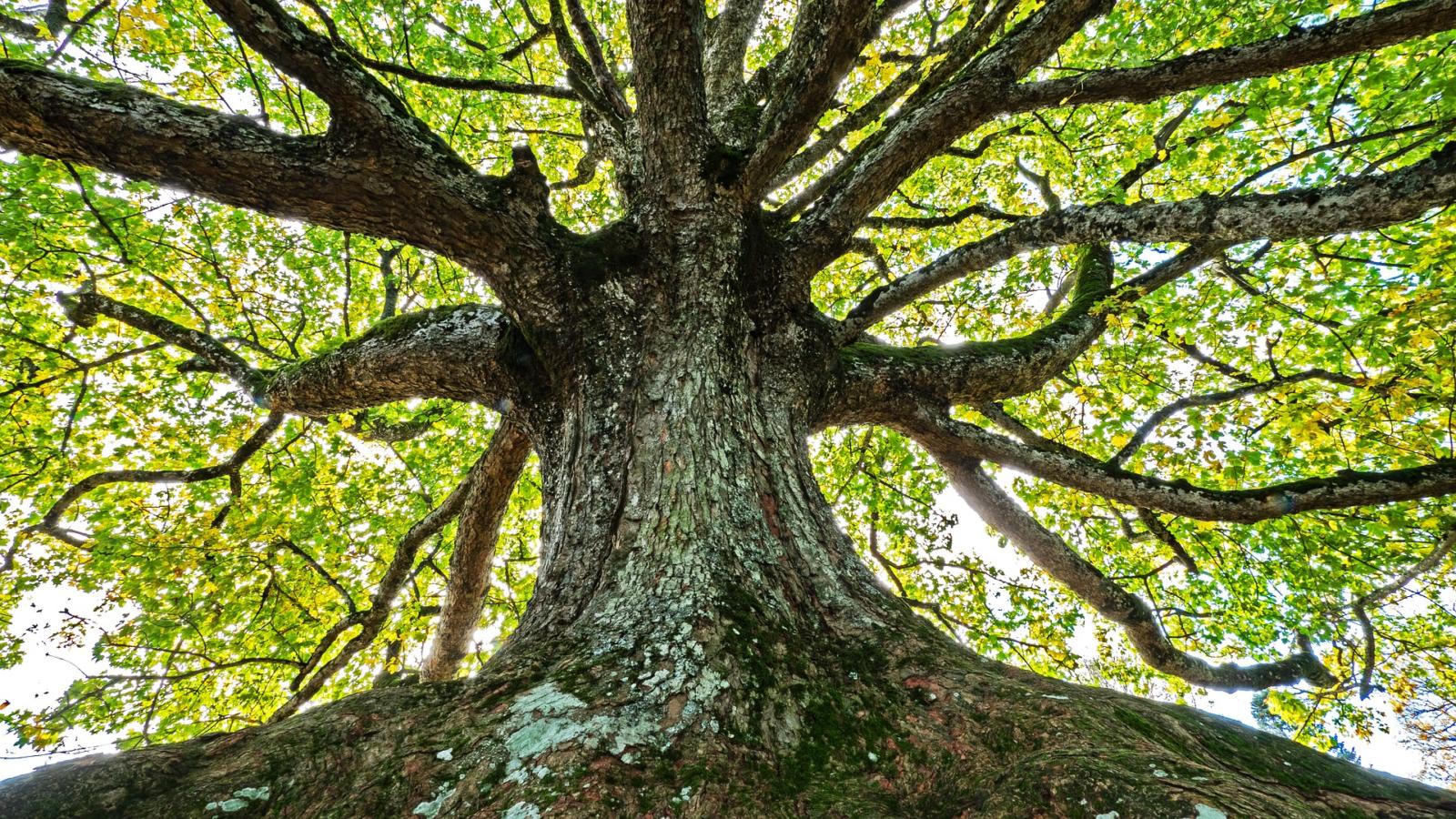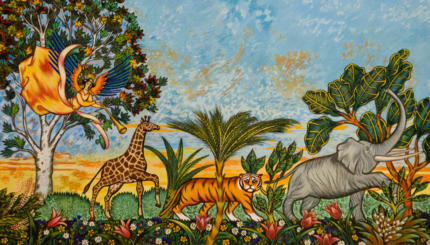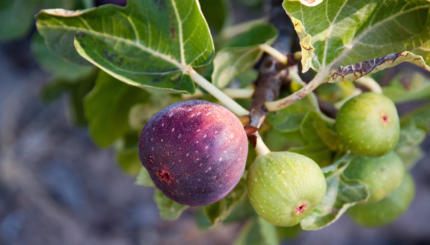The name of this festival is actually its date: “Tu” is a pronunciation of the Hebrew letters for the number 15, and it falls in the Hebrew month of Shevat.
Traditionally, was not a Jewish festival. Rather, it marked an important date for Jewish farmers in ancient times. The states, “When you enter the land [of Israel] and plant any tree for food, you shall regard its fruit as forbidden. Three years it shall be forbidden for you, not to be eaten” (Leviticus 19:23). Only the fruit of older trees could be eaten. This law raised the question of how farmers were to mark the “birthday” of a tree. The rabbis therefore established the 15th of the month of Shevat as a general “birthday” for all trees, regardless of when they were actually planted.
Fruit trees were awarded special status in the Torah because of their importance in sustaining life and as a symbol of God’s divine favor. Even during times of war, God warns the Israelites, “When in your war against a city you have to besiege it a long time in order to capture it, you must not destroy its trees… Are trees of the field human to withdraw before you into the besieged city? Only trees that you know do not yield food may be destroyed” (Deuteronomy 20:19-20).
At a later time, the rabbis of the Talmud established four “new years” throughout the Jewish calendar–Rosh Hashanah, or the Jewish new year for the calendar date; a new year for establishing the reign of kings; a new year for tithing animals of Jewish farmers to be given to the Temple; and finally, Tu Bishvat, the new year for the trees (Mishnah, 1:1). The rabbis discussed why this date was chosen; saying that Tu Bishvat falls after mid-winter (usually in February), they concluded that the majority of the annual rainfall has usually already fallen by this time in the land of Israel, thus yielding a healthy, water-logged soil in which to plant new trees (Talmud, Rosh Hashanah 14a).
With your help, My Jewish Learning can provide endless opportunities for learning, connection and discovery.
In medieval times, kabbalists (Jewish mystics) gave Tu Bishvat greater spiritual significance. Seeing in Tu Bishvat a vehicle for mystical ideas, the kabbalists imbued Tu Bishvat with new religious significance as well as created elaborate new symbolic rituals. According to Lurianic Kabbalah (which is a form of mysticism studied by the students of Isaac Luria), all physical forms–including human beings–hide within them a spark of the Divine Presence. This is similar to some kinds of fruits or nuts, which hide within them seeds of new life and potential growth. In Jewish mysticism, human actions can release these sparks and help increase God’s presence in the world. On Tu Bishvat, the kabbalists would eat certain fruits associated with the land of Israel as a symbolic way of releasing these divine sparks.
In modern times, Tu Bishvat has become a symbol of both Zionist attachment to the land of Israel as well as an example of Jewish sensitivity to the environment. Early Zionist settlers to Israel began planting new trees not only to restore the ecology of ancient Israel, but as a symbol of renewed growth of the Jewish people returning to their ancestral homeland. While relatively few Jews continue to observe the kabbalistic Tu Bishvat seder, many American and European Jews observe Tu Bishvat by contributing money to the Jewish National Fund, an organization devoted to reforesting Israel.
For environmentalists, Tu Bishvat is an ancient and authentic Jewish “Earth Day” that educates Jews about the Jewish tradition’s advocacy of responsible stewardship of God’s creation as manifested in ecological activism. Among them, contemporary versions of the Tu Bishvat seder, emphasizing environmentalist concerns, are gaining popularity.



